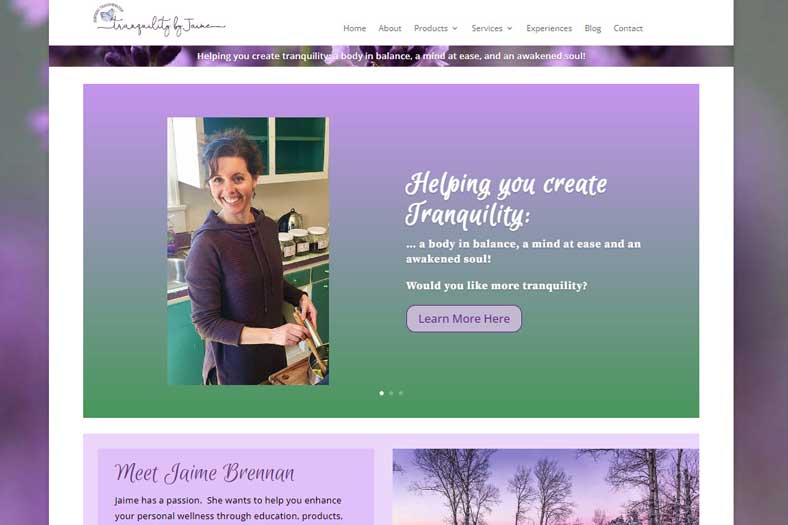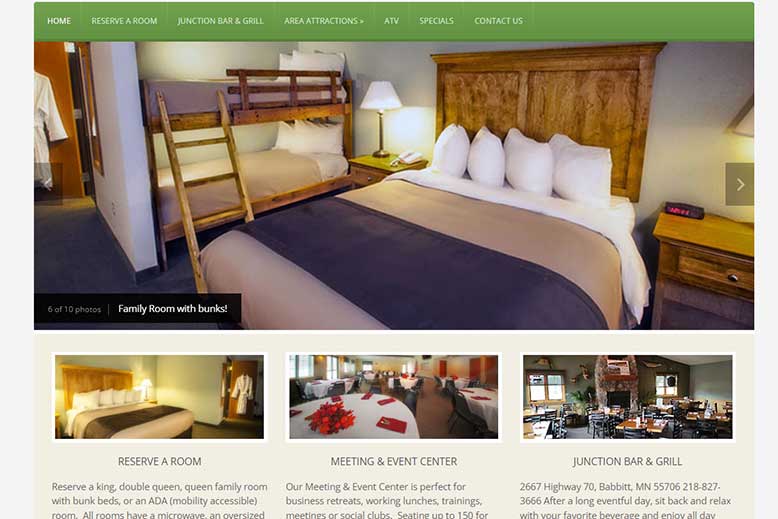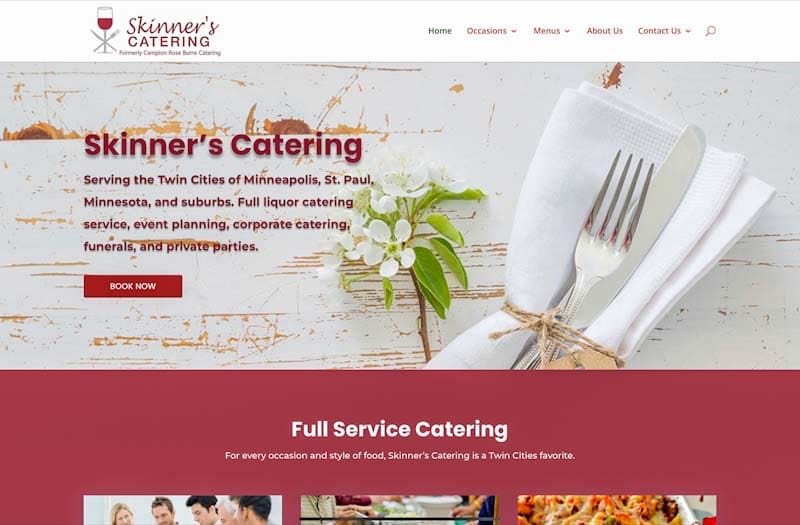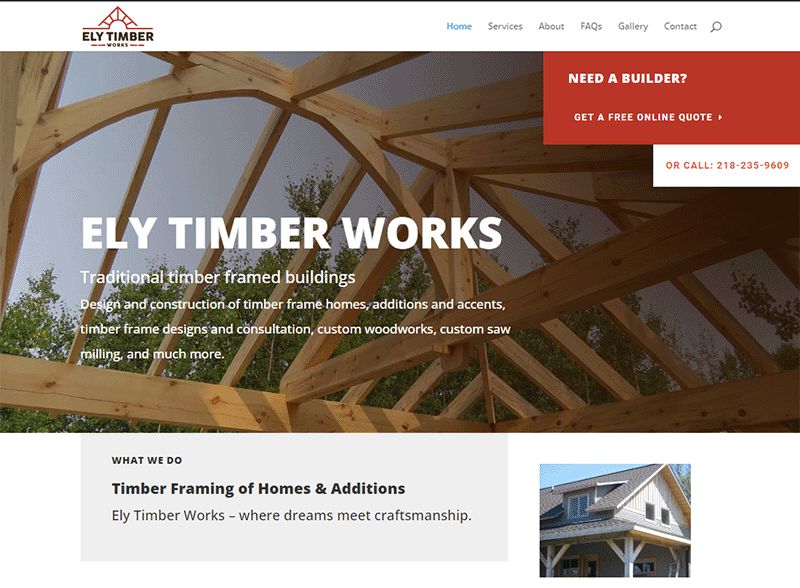Since almost the beginning of the Internet, we’ve been fascinated by websites and have been designing them, first for fun, then for a living. But that doesn’t mean we’re not up to date on design and technology! It just means we’re experienced and know what we’re doing!
Web Design
User-friendly, easy to navigate, beautiful to look at.
Maintenance
Already have a site you love but just want some help with upkeep.
Hosting
All software updates and security are included in your site’s home.
Satisfied Customers
“Irene has been my go-to web person for many years now, through at least three design updates. She gives great advice and I could’t ask for better service. Highy recommend.”
“Irene designs and maintains sites for my several companies and has for years now. I like how she’s always at the other end of the phone and is responsive to my needs.”
“Irene Hartfield with Web Goddess has proven to be very adept and helpful with our website. She is well versed in WordPress and adapting websites. Our website was originally developed and hosted in another country. Irene successfully transferred it to the US and adapted it to our needs. She has been extremely easy and pleasant to work with. “
Irene fixed my original site, and improved my SEO. After a couple of years, we rebuilt the site, and my search results took a big leap upward. More enhancements followed. New graphics. Continual SEO improvements. Many suggestions: some we used, others we didn’t. Never pushy.
In short, she treats my site as if it were her own. She cares, and strives for excellence. She is a true professional. I trust her, and have never been let down.
I cannot recommend Web Goddess services more highly.”
Featured Sites
Here is the latest site we’ve designed.



Experience + Great Service
Here is how we can help your business or enterprise.
- Help with a good domain name, registration, transfer, maintenance
- Convert marketing materials into a new website
- Facelift for an aging site
- SEO optimization built in
- WordPress expert
- Gravity Forms expert
- Hosting with free software
- Regular site maintenance

